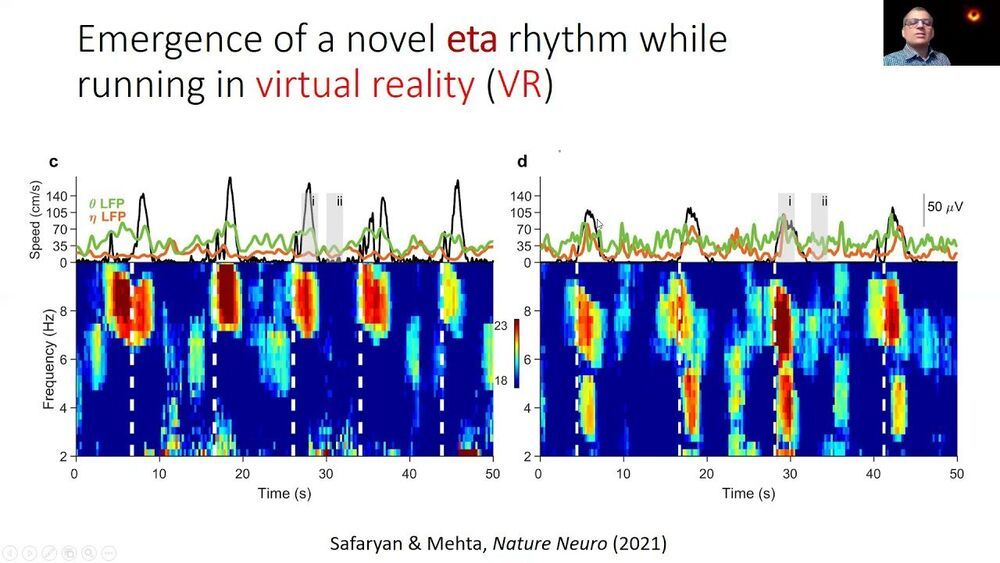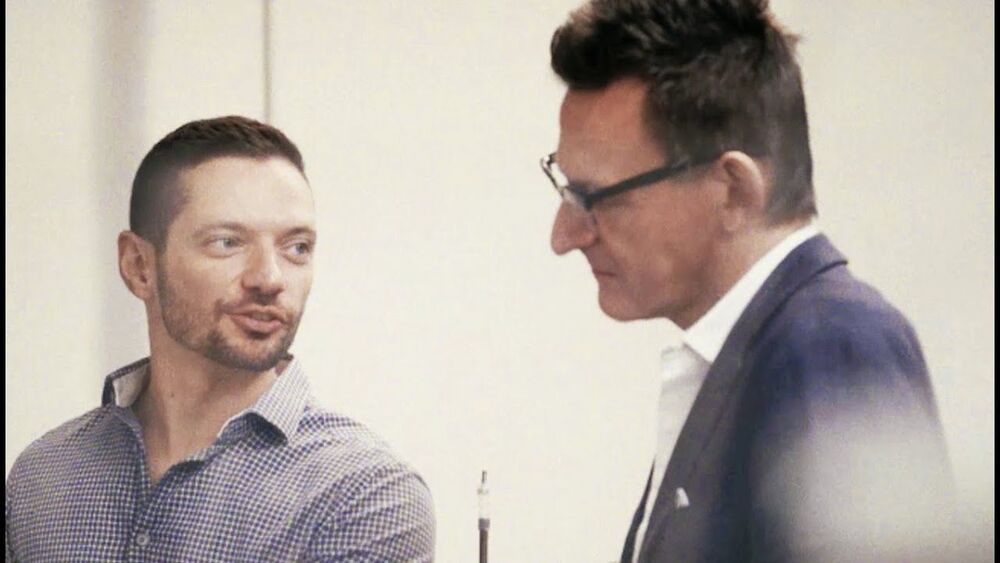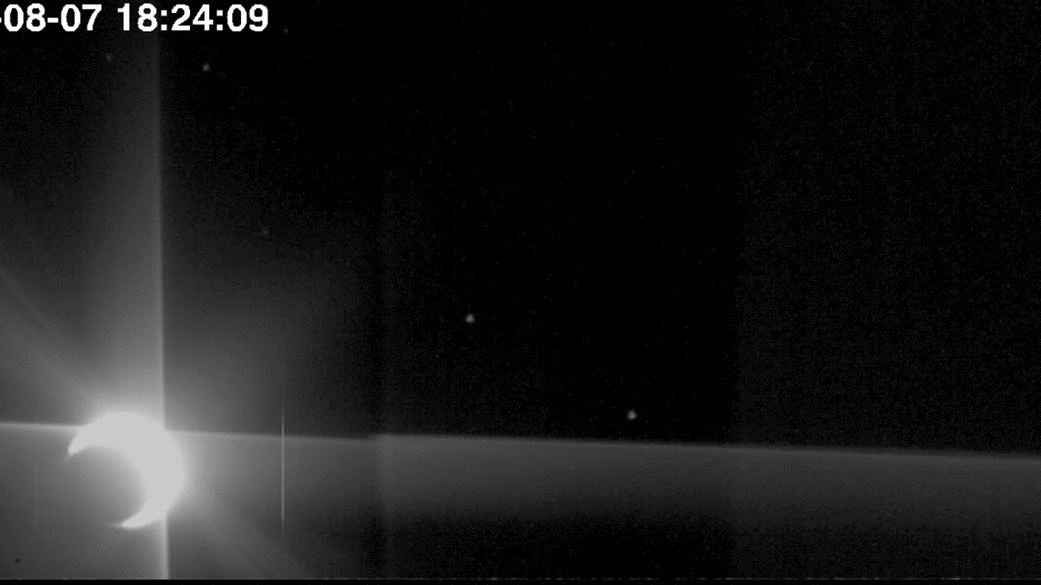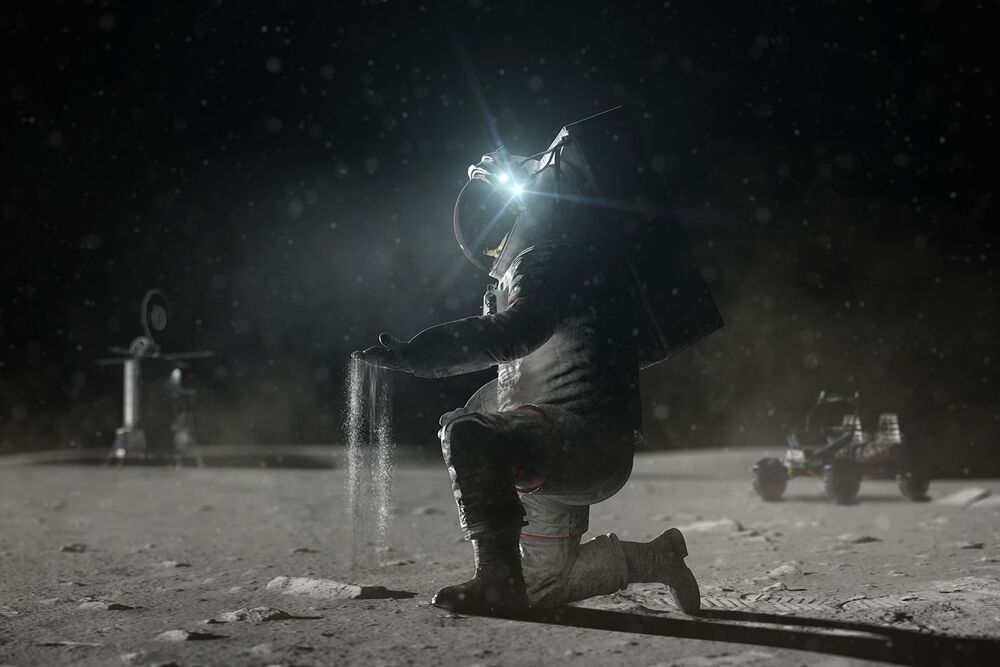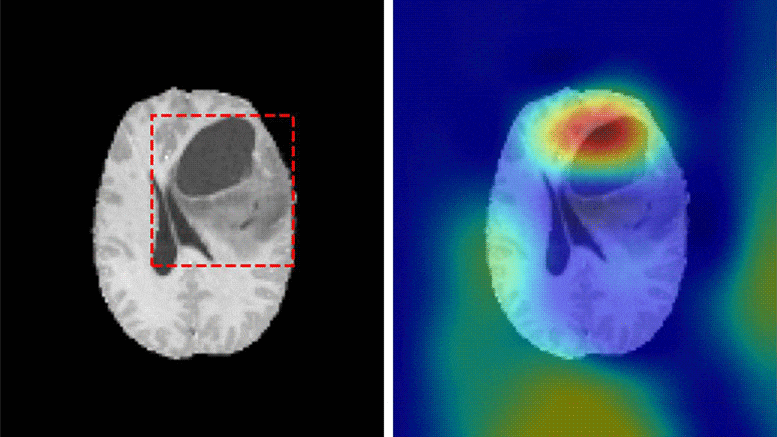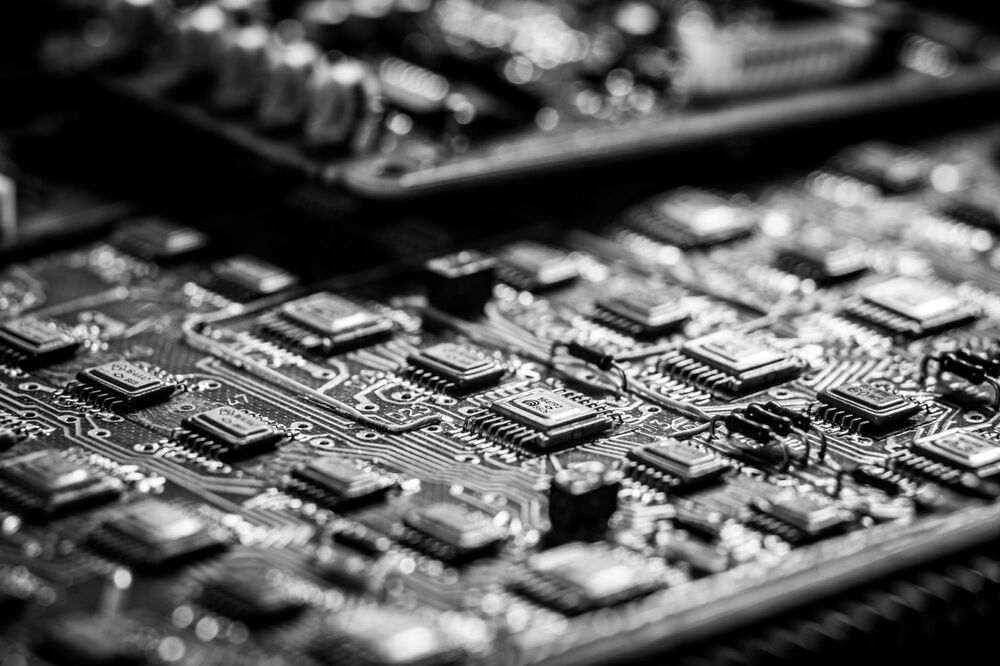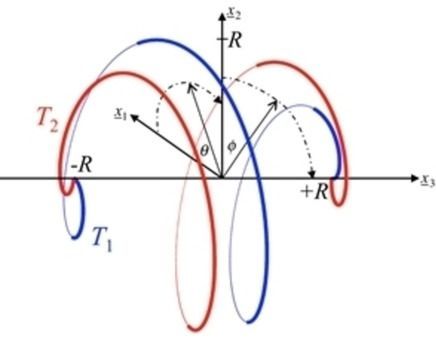Aug 15, 2021
Virtual reality boosts brain rhythms crucial for neuroplasticity, learning and memory
Posted by Raphael Ramos in categories: biotech/medical, computing, engineering, neuroscience, virtual reality
This is interesting. 😃
A new discovery in rats shows that the brain responds differently in immersive virtual reality environments versus the real world. The finding could help scientists understand how the brain brings together sensory information from different sources to create a cohesive picture of the world around us. It could also pave the way for “virtual reality therapy” for learning and memory-related disorders ranging including ADHD, Autism, Alzheimer’s disease, epilepsy and depression.
